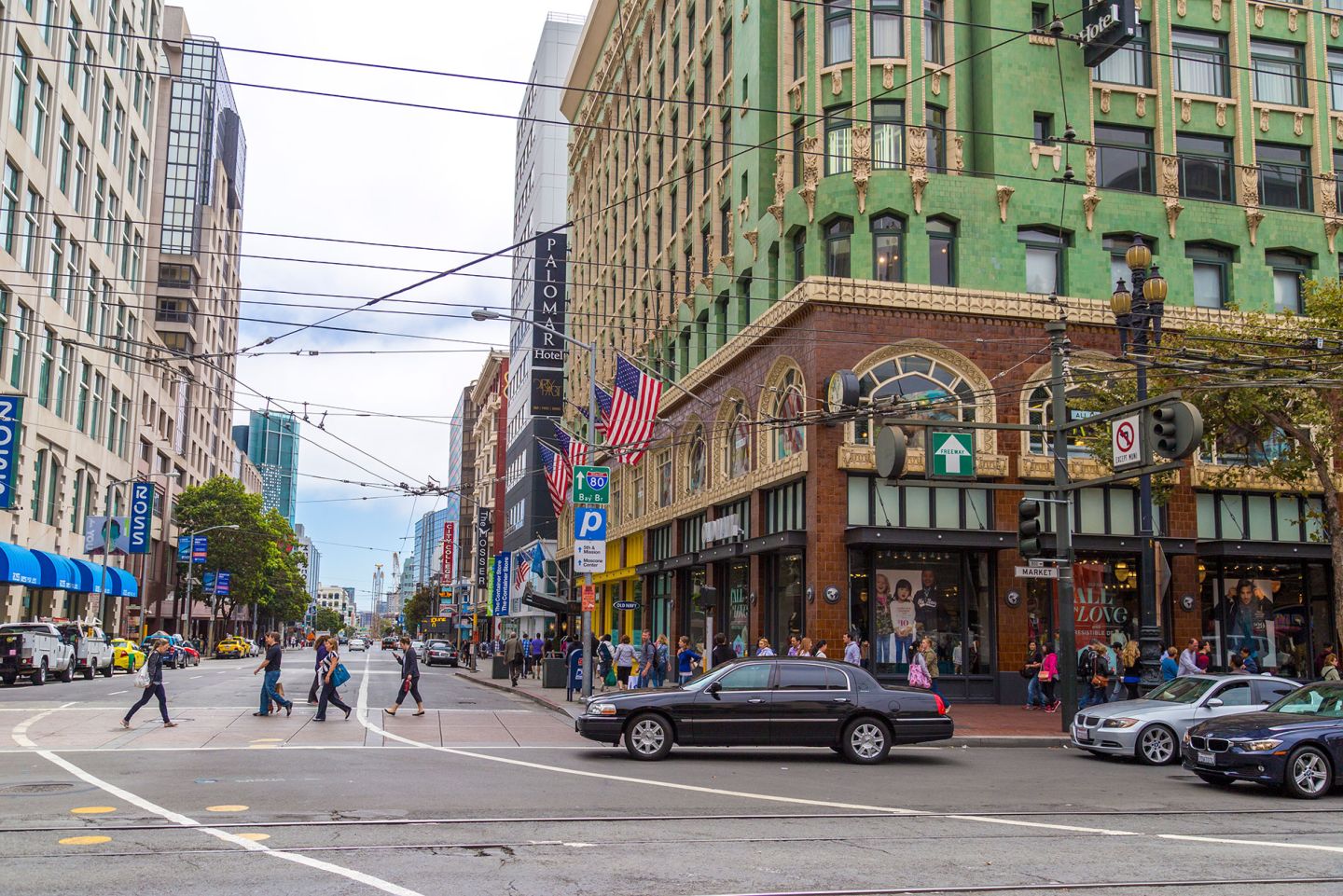By Bill R. Shelton, CEcD
Historically, cities have marketed their communities to retailers and developers using statistics taken from census reports.
In our customer-centric marketplace, retailers are using demographics less and concentrating their efforts on consumer behavior.
Jim Novo, co-author of “The Marketer’s Common Sense Guide to E-Metics” and former vice president of marketing and programming for Home Shopping Network, is an expert in customer behavior research.
Novo says, “Customer behavior is a much stronger predictor of your future relationship with a customer than demographic information ever will be.”
Retailers identify and analyze their core customers through profiles. Profiles gather data and portray the significant features of customers, their lifestyles, preferences, and buying habits.
There are two types of profiles:
1. Demographic (characteristic-based)
2. Psychographic (behavior-based)
Demographic profiling can satisfy a retailer’s short-term goals by providing the first level of understanding a customer. It identifies a set of general characteristics, such as married with children, living in the suburbs, having a household income of $75,000, etc. While this method introduces a retailer to general customer characteristics, it does not describe the customer’s action or behavior; therefore, not identifying the value of the customer.
 Psychographic profiling, also known as customer behavior profiling, offers a long-term approach that is critical to a company wanting to retain customers. It describes a customer’s behavior, such as shopping at Target three times a month, each time buying dog food. That customer is assigned a value, which determines if he is a core customer. The retailer then concentrates efforts on retaining core customers and attracting similar customers to the concept.
Psychographic profiling, also known as customer behavior profiling, offers a long-term approach that is critical to a company wanting to retain customers. It describes a customer’s behavior, such as shopping at Target three times a month, each time buying dog food. That customer is assigned a value, which determines if he is a core customer. The retailer then concentrates efforts on retaining core customers and attracting similar customers to the concept.
Customer value management has two objectives:
1. Hold on to the most valuable customers
2. Try to make less valuable customers more valuable
“Many customers are considered less valuable because they are not willing to drive to the retailer’s concept,” says Tom Buxton, president and CEO of Buxton. “Customers think in terms of time and convenience, not miles. One way to make customers more valuable is to open a new location within a convenient drive time to a cluster of less-valuable customers that have similar behavior patterns to the concept’s core customers.”
More and more retailers are incorporating customer behavior profiling in their site selection process.
“As you are trying to recruit retail to your community, you must look at the customers in your trade area the same way retailers do. Retailers will only locate in your community if there are enough valuable customers to support their concept,” says Buxton.
Determine the value of your trade area’s customers by analyzing their past and current behavior to predict their future behavior. Recruit retailers with information that will forecast their potential sales in your community.
“You have to look at the data, the record of their behavior, and it will tell you things,” says Novo. All customers pursue certain routines, and changes in these routines often indicate an opportunity or challenge is ahead in your relationship with them. When it comes to action-oriented activities, this concept really takes on a very important role. You can predict future behavior based on an understanding of past behavior, and use this knowledge to improve marketing or service programs.”
Increase the retailer’s perception of your community and customers’ value by matching your customer behavior profiles to retailers’ core customer profiles. That type of factual data differentiates your community’s marketing approach and will motivate retailers to locate their next site in your community.


